Iovine & Young Academy, USC | Processes and Perspectives
Don't wanna be here? Send us removal request.
Text
Evaluation
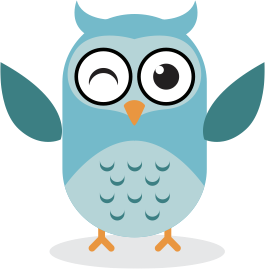
I can not believe how fast time went by and we are at evaluation, the last stage of the creative process. We took into consideration the feedback that we received from our classmates(Jury of Peers). After our last class session, we had an extensive debriefing session to reflect on what was said. We developed our UI designs by taking them over to Figma to be able to conduct a user testing experiment. We believed it would be the perfect next step after collecting feedback about the implementation of our app. (Test, Fix, Re-test).
Below is the summary from our usability testing:
Erlin Marukoglu,58, Armenian, non-tech savvy
onboarding and profile creation flow was easy
the chat icon was hard to find
love the owl it’s so cute
Sharon Harris,51, African American, moderately tech-savvy
Owli is that a typo? What about Owly or Owlie
onboarding was straightforward, would prefer fewer clicks and texts
what is this app about, why wouldn’t I just use google ?
Elijah Walker-Young,25, African American, tech-savvy
user friendly didn’t have any issues navigating, self explanatory
like the color scheme, it’s straight to the point
finding the chat icon was easy
We found the user testing to be very valuable and moved forward to review and revise our solution for proposed improvements. We created a plan for improvement and use the pay as you go method by creating interim goals in fulfilling our project. Each time we tackled a certain goal, we were very cognizant in making sure every member of our group’s voice is heard and acknowledged. When we reflected back on our entire process as a team we realized how this has been a very consistent and positive trait we have has as a group which has allowed us to generate great progress.. We mostly worked together as a team, which allowed for everyone to be on the same page and created an opportunity for major growth of our solution by feeding off of everyone’s different perspectives. Furthermore, we implemented metrics and rubrics technique to develop a team evaluation rubric to evaluate everyone’s final presentations. I am confident that we made a lot of progress during this past two weeks of evaluation and looking forward to continuing to make improvements for our final presentation.
0 notes
Text
Implementation Part Two
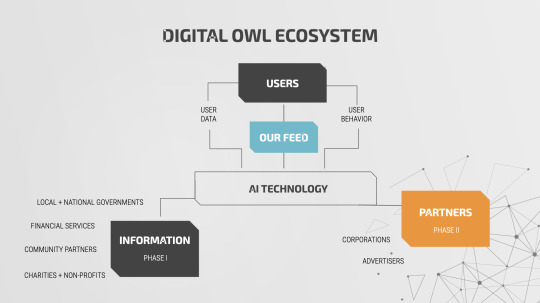
I believe we had such a productive week. During this time, we definitely had a better understanding of our mobile application. We really dove deep into each component of the app to be certain that each part comes together seamlessly. Wee took into consideration the feedback from our class that helped point our the areas we need to clarify. We first discussed and listed all the items or questions that we needed to address. On Miro, we collectively worked on the ecosystem diagram to better comprehend all the moving parts of our application, Digital Owl. We then moved on to designing our UI with our new design guidelines. We wanted our app to truly live up to its name, incorporating “Owlie” to the best of our abilities. We are looking forward to diving deeper into creating a more complex prototype of our application. It was important to use the principles of human-centered design. Below are some of our successes & failures that we depicted:
Successes:
pivoting from our initial story of Smart Cities to where we are now
having a newfound confidence in our name Digital Owl and diving deep into the meaning of Owls as messengers of information. This helped us better understand the purpose and brand of our application.
honing in our ideas and creating a working ecosystem.
restructuring how we collect data and how it is used.
thinking through the technology and ML algorithms.
revisiting the information architecture and simplifying the navigation of our application by providing just one simple feed.
Failures:
decided to eliminate the resources and financial tabs in order to simplify our idea and user experience.
understanding where our Personas fit in
determining the best way to present our application
We pivoted slightly from our idea by eliminating the resources and financial tabs in our app and instead decided on keeping it a single source feed of information. Our new explanation for our app is:
‘Digital Owl’ is a trusted aggregator of information, vital services, and local resources on a centralized mobile application to enrich low-income communities as a whole. Each user’s experience is tailored to their needs, interests, profile, behavior, and environment.
To generate visual assets for our solution we studied accessibility in color and design patters. Below is the breakdown of our Call to Action(CTA) Color Study:
Red : warnings and for importance
Orange: transient warnings for notifications or new items
Green: success + environment
Blue: for links only
Overall Black and White: simple, colors used just for CTAs or from imagery but contained in a frame.
We made sure our feed design comprised of one main feed, simple navigation, consistency, and simplicity. We plan to use the set guidelines of our visual assets and be consistent with every design decision while further developing the mobile application.
0 notes
Text
Implementation
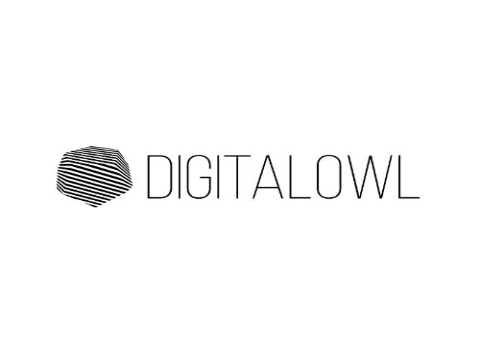
During last week’s selection phase we decided to focus on a mobile application. We agreed that our mobile app solution applies to our revised problem statement: how might we leverage smart technology to provide services and information to low-income communities. Since low-income populations are mobile-dependent, and the rise of 5G technology supports faster and more affordable data transmission through cellular networks, we are proposing a data-driven mobile application that provides information, resources, and financial services to low-income communities. It was evident in our user research that many of our users are smartphone-dependent. Meaning they own a smartphone but do not have broadband internet at home.
This week during implementation we followed through, planned, and built our solution. We worked on our Business Model Canvas, created prototypes, and even had some fun with taking a pass at designing our brand/logo.
To give an example of our user and develop a human connection we created two proto-personas. After coming up with the stories behind our proto-personas, it helped us implement our design, user interface, and user experience. After our idea dumping on creative names for our application, we decided on Digital Owl. Digital because it will be a mobile application and owl because an owl is known to be a “messenger”. We hope that our application can be a platform that provides an array of beneficial resources to our users. We tremendously wanted to assign an influential name where our application can live up to its name. I look forward to further dive into implementation.
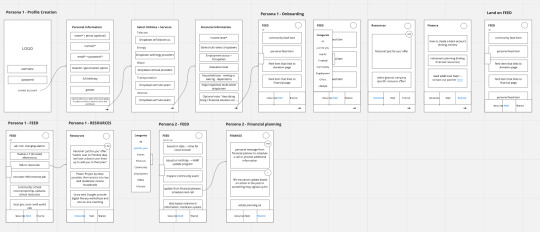
0 notes
Text
Ideation
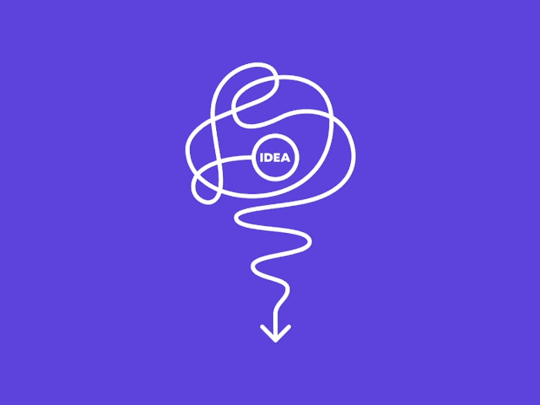
Our starting point for our group’s ideation journey was to come together to create idea-seeking questions. It was important for us to take into consideration the power of contribution form every member. By doing so, we saw a lot of great ideas begin to flourish in our first stage of ideation. We the all took the time to do more research individually to generate ideas. Our brainstorming was done on our Miro board, which was very helpful because most of us creatives loves to visually see our ideas. Once we came together for our group idea generation session, we saw that by exchanging our ideas it enabled us to build on each other’s ideas.
I do agree that sharing ideas in a group is stimulating, it can also cause cognitive interference. I did find myself sometimes forgetting ideas that came up while waiting for someone else to stop speaking. I am happy we had the time to do an individual idea generation session and a group ideas generation session as well. I really enjoyed our group brainstorming session. One of the highlights was definitely the random connection we discussed when Kim started to explain what was on her wrist. Which at first, I thought was an apple watch. We definitely did see a benefit of getting ideas from many different perspectives.
Below are our top three selected ideas:
3D modeling simulations(ABM),backed by data, to inform optimal spaces and strategies for affordable housing development, and to allow the community to be involved in bottom-up planning.
Data collection to inform the allocation of resources (financial, education, employment skill matching). This also explores how we can get large corporations and companies (credit card, telecom, etc.) to donate their data for social good.
‘Smart products’ that help provide lacking resources. Wearable devices for data collection and public furniture. This includes benches or street light poles that collect data, provide wifi, have security cameras, generate sustainable energy etc.
My favorite of the three is our idea to use Agent Based Modeling (ABM) 3D modeling simulations backed by data to inform optimal spaces and strategies for affordable housing development, and to allow the community to be involved in bottom-up planning. I see a lot of potential to create a significant impact with our “to be determined” solution to our problem statement. I am excited to dive deeper into our solution. It would be interesting to seamlessly combine all three of our solutions together.
0 notes
Text
Definition

As a group we started to dig deeper into the definition phase and individually took a first pass at our problem statement.
Individual problem statement: How can we connect or make a cohesive smart city in a post-COVID world? What lifestyle changes can we enhance to have future cities be more sustainable and inclusive? What kind of technology can we use to grow inclusively and sustainably?
I began to prioritize and break down our topic in a list format to write it out and get all my thoughts on paper. The breakdown below helped me see the characteristics of the problem that we are addressing:
Find ways to create:
well-planned cities
compact cities
connected cities
To be able to:
increase productivity
improve liability
improve inclusion
protect the natural environment
Inclusion Matters
Spatial exclusion - The choices that are made about how cities are built, inhabited and maintained
Economic exclusion - spur economic development by boosting incentives for investment. Efficiently connect works with jobs and opportunities.
Social exclusion - take into consideration some disadvantaged groups in urban areas like women who are at a hight risk of violence in urban areas. Persons with disabilities face widespread lack of accessibility in urban areas.
Technology can be a critical enabler to help facilitate inclusion through:
citizen participation
better targeting of government support and universal access to services
tailoring services for the community
democratizing access to city policymakers
Technology can be a critical enabler to help facilitate sustainability through:
energy technology
digital crowd platforms
globalization of ICT structures
virtualization and digitization of data
artificial intelligence
instrumentation of everything
robotized transport and logistics
robotized production and serves
nanomaterial
biotechnology and pharmacology
We then came together as a group to share our individual statements and highlighted the key words that we want to focus on. It was clear that we all had similar priorities and it was important for us to address sustainability and inclusion to enrich lives with the help of technology.
Final Problem Statement: How might we responsibly leverage smart city technologies to identify opportunities for digital inclusion, create awareness on the digital divide, and solve community-specific challenges in order to enhance quality of life.
We are excited to further built the framework of an ideal smart city.
0 notes
Text
Analysis
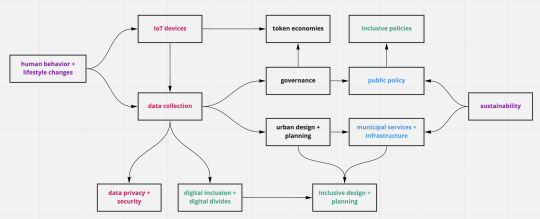
Our topic is Inclusive and Sustainable Smart Cities in a post pandemic world. During the analysis phase, we created a Mind Map to display the different components of a city and how they interconnect. Research, is what we jumped into first, then traded findings in order to develop the Morphological Analysis.
We broke down the tiers of a smart city accordingly: I explored post pandemic lifestyle changes and sustainability. Reem, looked into studying IoT devices and sensors, data collection and privacy. Shane looked into public policy and the cities efficiency within its municipal services. Kim and Yasmin dove into inclusivity, with Kim focusing on digital inclusion and Yasmin on policy inclusion within the city. Furthermore, we asked ourselves, how are all these layers cohesive with one another?
After our findings, we compared notes and correspondingly built our version of the Morphological Analysis. The morphological analysis, entails exploring possible solutions to multi dimension, non quantified complex problems. By utilizing the analysis we were able to form a grid analysis that combined out research, forming a plethora of possible connections and solutions.
What I found interesting in a post pandemic world is the repercussions of the lifestyle changes as a result of social distancing and a shift in the traditional “work-life balance.” I have concluded the traditional work life balance is on the brink of major transformation, paving the way to our future, smart, sustainable and inclusive cities.
0 notes
Text
Acceptance

Architecture has always been my passion and as a part of my profession, we consistently look into maximizing the use of space as efficiently and creatively as possible, in order to create the ultimate user experience. Ever since I was little, I was always fascinated by the way people use their form of space, how they feel within that space and how it influences their behavior. I feel different environments can foster different ways of thinking and different behaviors. It has always been my dream to design and generate feasible solutions to these issues at hand.
Solutions can be of multiple scales. That being said, the topic my team Feldspar (Reem, Kim, Shane, Yasmin and I) elected to discover is Inclusive and Sustainable Smart Cities in a post-pandemic world. It is estimated by 2050, 60% of the US population will be living in urban cities. Imagine the complexity of our cities to sustain and incorporate the rapid changes in our ever so changing world.
I have accepted the challenge laid above and I am excited to implore all avenues in order to bridge the challenges laying ahead between a few elements which struck out to me derived from our morphological analysis, being Lifestyle, Education, Urban Planning, Local Municipal Services and Public Policy within the post-pandemic world. Each individual in my group comes from a diverse background and has different methods of creative problem solving. I believe it will be very impactful to form solutions to problems by leveraging each individuals experiences.
Benjamin Franklin, had said it best, “ Without continual growth and progress, such as improvement, achievement and success have no meaning.” Cities need to grow and progress, to have a seamless connection in order to fortify the ultimate urban concept of the live-work lifestyle. It will be very insightful to take part in a project, where the goal is to find a solution that will impact how cities can be inclusive, sustainable, and smart.
1 note
·
View note
Photo
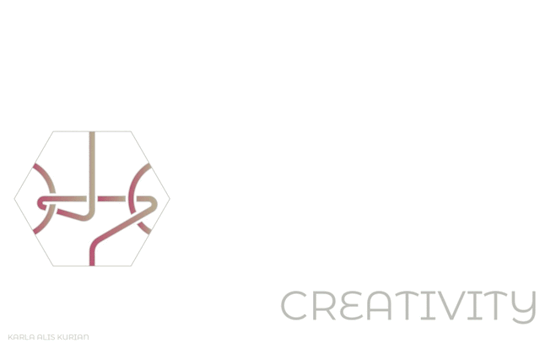
Creativity is Endless
Dorothy Parker, an American poet had once said, “Creativity is a wild mind and a disciplined eye.” Being creative is the act of seeing an object, which may be ordinary to another and being able to see the potential behind it, by utilizing your existing experiences, reflection and thoughts. It’s seeing what others don’t see. Creativity is an art and just like a portrait is painted and perfected within different times of the day, in multiple different perspectives, so is creativity. I feel being creative, allows you to view things in opportunistic and new ways and find hidden patterns from a completely different set of oculars.
Creativity, is a combinatorial force and an ability to tap into our past experiences, insight and inspiration while combing all of them in new and profound ways. “Creativity process unlocks the mind’s capabilities to dream and form unexpected ideas and solutions for existing problems,” Walt Disney. I feel creativity is multifaceted and bears three distinct roles: the dreamer, the realist and then the critic. The characteristic of the dreamer, often times escapes reality and starts designing and forming the outline within their minds by honing in and leveraging what they have been driven by. The characteristic of the realist, is the pragmatic conductor, who combines their vision with actual feasibility in the workplace. The last characteristic, which is the most important, is the critic, who determines the balance between the two aforementioned characteristics and forms a coalition to determine how practical they can be used in today’s ever changing and fast paced world.
9 notes
·
View notes